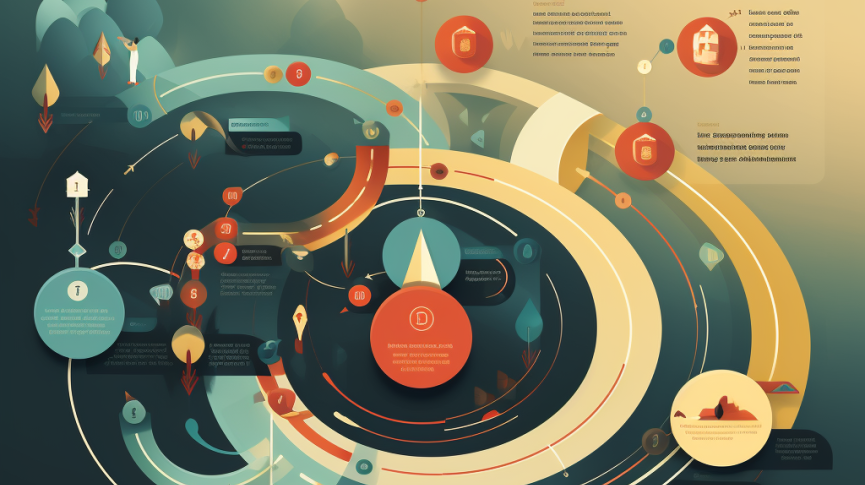In a previous post, we delved into the concept of macro versus micro conversions and the significance of breaking down the customer journey into its smallest, manageable steps. This approach enables you to assist your customers in their progression, offering valuable insights into the various obstacles and points of friction they encounter while engaging with your brand.
However, it’s equally crucial to assess and quantify the performance of your overall customer experience. Assigning concrete numbers to your marketing efforts, in terms of #’s “out” / #’s “in”, provides a holistic view of efficiency. It helps answer the fundamental question of how effectively you are allocating your valuable budget. Analyzing campaign-level metrics aids in understanding which strategies are most effective at different stages of your customer’s lifecycle. For example, you can determine whether a particular retargeting message is more successful than other creative approaches to encouraging abandoned application leads to return and complete their applications.
Micro conversion metrics serve as the missing link in this puzzle. They offer insights into the contributions of specific components to your overall objectives. For instance, do certain display ads play a role in attracting new loan applicants? Does breaking down the new account application process into four shorter screens, as opposed to three longer ones, result in more completed applications and happier applicants?
When it comes to digital experiences, web analytics are indispensable. However, for both online and offline scenarios, crafting a well-planned customer journey that anticipates potential hurdles and offers solutions at each juncture can significantly impact your results. Monitoring user interactions, whether a click, scroll, or interaction at a physical branch or ATM, is the key to understanding your yield and the relative value of each customer at every step.
To illustrate the point, consider the example of a well-structured customer journey:
The next logical step is to refine your instincts and back them up with data, which is how top-performing brands stay ahead. If you’re pondering ways to maximize the return on your customer acquisition and retention investments, optimizing the customer journey can uncover low-hanging fruit. If you’re looking for guidance to get started, don’t hesitate to contact us. We’re here to assist you, point you in the right direction, and help you make that incremental leap to enhance your performance.
